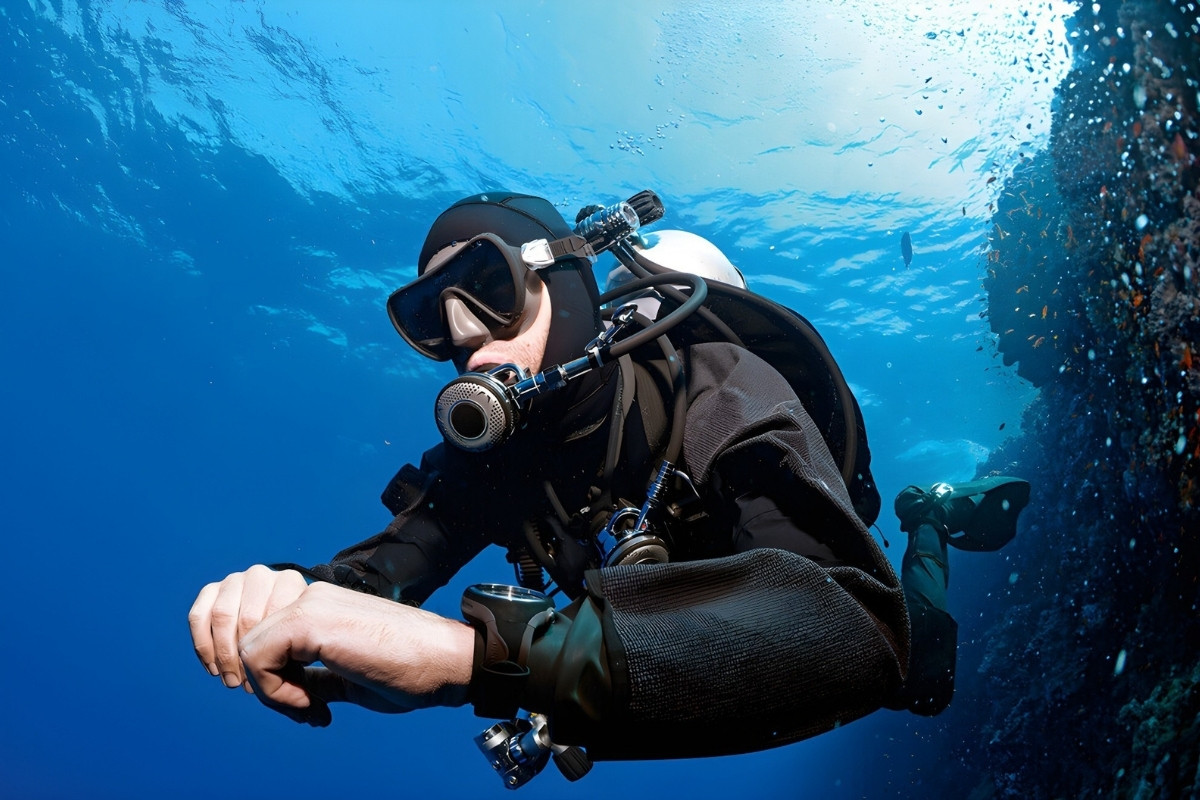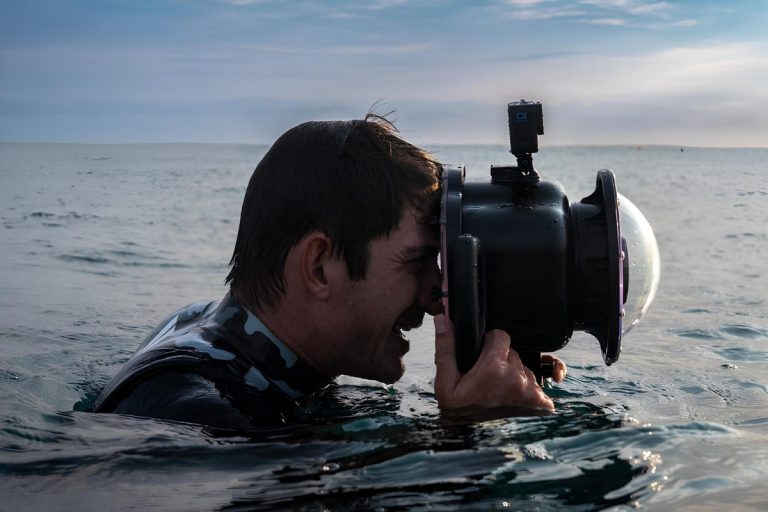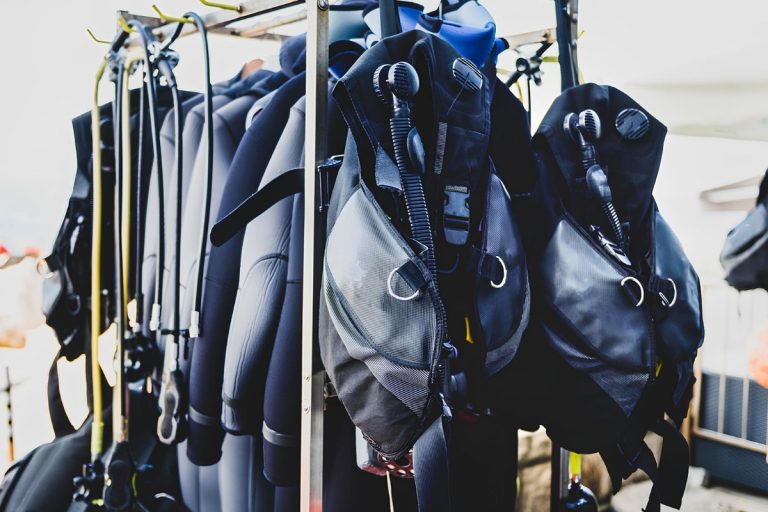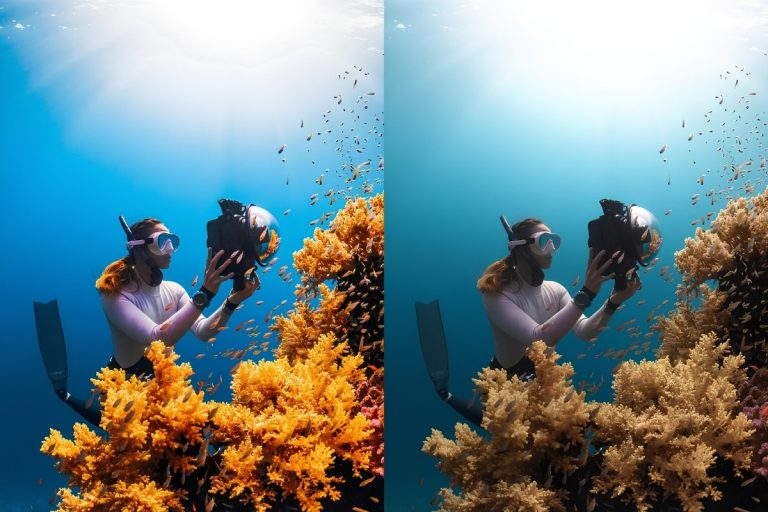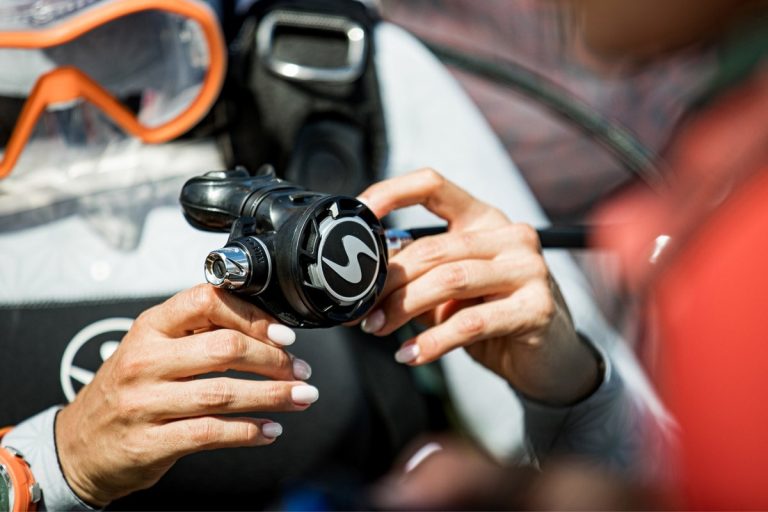- Key Summary
- Understanding Dive Computer Features
- Comparison of Top Models
- Diving Styles and Computer Compatibility
- Maintenance and Care for Dive Computers
- Advanced Features in Dive Computers
- Entry-Level Dive Computers
- Future Trends in Dive Computers
- Frequently Asked Questions
- Navigating the Future of Diving with the Right Technology
Key Summary
Selecting the perfect dive computer can transform your underwater experience from good to exceptional. Modern dive computers serve as your digital diving companion, providing real-time data that keeps you safe while maximizing your bottom time. With technology advancing rapidly, 2025 brings an impressive array of options ranging from budget-friendly basic models to sophisticated technical diving instruments.
Importance of Choosing the Right Dive Computer
Your dive computer becomes your most trusted underwater partner, making split-second calculations that could mean the difference between a safe ascent and decompression sickness. Unlike traditional dive tables, these devices continuously monitor your depth profile and calculate your no-decompression limits in real time. The right computer matches your diving style, experience level, and budget while providing reliable performance when you need it most.
Overview of Top Dive Computers for 2025
This year’s standout models include the Apple Watch Ultra Oceanic+ for tech-savvy divers who want smartwatch functionality, the versatile Cressi Raffaello that balances features with affordability, and the Shearwater Tern/TX series designed for recreational divers who demand precision. Luxury seekers gravitate toward the Garmin Descent Mk3/Mk3i, while technical divers rely on the proven Shearwater Perdix 2.
Factors to Consider When Buying a Dive Computer
Your diving frequency, preferred dive sites, and experience level should guide your decision. Consider whether you need air integration, multiple gas support, or advanced decompression algorithms. Display readability underwater, battery life, and ease of operation with thick gloves all matter significantly.
Real Underwater Testing and Reliability
Laboratory specifications only tell part of the story. Real-world testing in various conditions reveals how computers perform during actual dives, from tropical reefs to cold-water wrecks. Reliability under pressure, literally and figuratively, separates exceptional computers from merely adequate ones.
Range of Features Across Dive Computers
Today’s market offers everything from simple depth and time displays to sophisticated instruments with GPS tracking, dive logging apps, and social sharing capabilities. Understanding which features enhance your diving versus those that simply add complexity helps narrow your choices effectively.
Understanding Dive Computer Features
Modern dive computers pack sophisticated technology into compact, waterproof packages that withstand the harsh underwater environment. These devices have evolved from basic depth gauges into comprehensive diving instruments that enhance both safety and enjoyment. Learning how to read your dive computer becomes essential for maximizing its benefits.
Real-time Data: Depth, Time, and Ascent Rate
Your computer continuously tracks your current depth, elapsed dive time, and ascent rate, displaying this information clearly on an easy-to-read screen. Most models alert you when ascending too quickly, typically faster than 30 feet per minute, helping prevent decompression injuries. Advanced units also track your maximum depth reached and provide detailed dive profiles for post-dive analysis.
Decompression Status and Safety
The heart of any dive computer lies in its decompression algorithm, which calculates your nitrogen absorption and elimination throughout the dive. These calculations determine your remaining no-decompression time and, if needed, required decompression stops. Conservative algorithms provide extra safety margins, while liberal settings maximize bottom time for experienced divers.
Display Quality and Readability
Underwater visibility varies dramatically, making display quality crucial for safety. High-contrast screens with large, clear numbers remain readable in murky water or bright sunlight. Backlit displays help during night dives or when checking your computer inside wrecks or caves.
Air Integration and Digital Interfaces
Wireless air integration eliminates the need for separate pressure gauges by displaying your remaining air supply directly on your computer screen. This feature calculates air consumption rates and estimates remaining dive time based on current usage patterns, though many divers still prefer backup analog gauges for redundancy.
Comparison of Top Models
The 2025 dive computer market offers compelling options across every price range and diving style. Understanding the strengths and limitations of each model helps you make an informed decision. When comparing Suunto vs Shearwater algorithm features and price points, consider how different manufacturers approach decompression calculations and user interfaces.
Apple Watch Ultra Oceanic+: Smartwatch Option
This innovative approach combines everyday smartwatch functionality with serious dive computer capabilities. The Oceanic+ app transforms your Apple Watch into a capable recreational dive computer with depth ratings to 130 feet. While not suitable for technical diving, it appeals to casual divers who appreciate having one device for both surface and underwater activities.
Cressi Raffaello: Versatile Choice
The Raffaello strikes an excellent balance between features and affordability, making it popular among recreational divers. Its intuitive interface and reliable performance have earned praise from diving instructors worldwide. The computer handles both air and nitrox diving with easy gas switching and clear visual alerts.
Shearwater Tern/TX: For Recreational Divers
Shearwater’s reputation for technical diving excellence extends to their recreational models. The Tern and TX offer the same robust construction and clear displays as their technical siblings but with simplified interfaces perfect for recreational diving. These computers excel in readability and reliability.
Garmin Descent Mk3/Mk3i: Luxury Option
Garmin combines their GPS and fitness tracking expertise with comprehensive dive computer functionality. The Descent series offers surface interval features like GPS dive site marking, detailed dive logging, and integration with Garmin’s ecosystem of outdoor activities. Premium materials and construction justify the higher price point.
Shearwater Perdix 2: Technical Diving
The gold standard for technical diving computers, the Perdix 2 handles multiple gases, complex decompression profiles, and extreme depths with unwavering reliability. Its customizable display and comprehensive feature set make it the choice of professional divers and serious technical enthusiasts worldwide.
Diving Styles and Computer Compatibility
Your diving style significantly influences which computer features matter most. Recreational divers have different needs than technical divers, and choosing between wrist-mounted vs console configurations depends on personal preferences and diving requirements.
Selecting a Computer Based on Diving Style
Recreational divers typically need basic depth, time, and no-decompression limit information with simple, intuitive interfaces. Technical divers require multiple gas support, customizable decompression algorithms, and detailed dive planning capabilities. Photography enthusiasts might prioritize large, easy-to-read displays that don’t interfere with camera handling.
Compatibility with Equipment and Gases
Consider how your computer integrates with your existing equipment setup. Air integration requires compatible transmitters, while technical diving demands support for helium-based trimix gases. Some computers work better with specific regulator brands or diving configurations.
Ease of Use and User Interface
Complex menus and tiny buttons become frustrating underwater, especially when wearing thick gloves. The best computers balance comprehensive features with intuitive operation. Consider how easily you can access critical information during a dive and whether the interface remains usable in stressful situations.
Maintenance and Care for Dive Computers
Proper maintenance extends your computer’s lifespan and ensures reliable performance when you need it most. Understanding dive computer maintenance and battery replacement procedures helps you avoid equipment failures that could end your diving day prematurely.
Rinsing and Storage Best Practices
Salt water, sand, and diving chemicals can damage sensitive electronics over time. Thorough freshwater rinsing after each dive removes corrosive salt deposits, while proper drying prevents moisture-related problems. Store your computer in a cool, dry place away from direct sunlight and extreme temperatures.
Battery Management Tips
Monitor battery levels closely and replace batteries before they become critically low. Some computers require specific procedures for battery changes to maintain water resistance. Consider carrying spare batteries on dive trips, especially to remote locations where replacements might be unavailable.
Signs Your Dive Computer Needs Maintenance
Watch for condensation inside the display, erratic readings, or failure to activate properly. Scratched or cracked screens compromise readability and may indicate seal problems. Annual pressure testing by qualified technicians helps identify potential issues before they cause failures underwater.
Advanced Features in Dive Computers
Modern dive computers offer sophisticated capabilities that extend far beyond basic depth and time monitoring. Understanding advanced features like air integration, digital compass functionality, and customizable apps helps you choose a computer that grows with your diving skills.
Understanding Air Integration
Wireless air integration represents one of the most significant advances in dive computer technology. These systems use radio frequency transmitters attached to your first stage regulator to relay tank pressure information directly to your wrist computer. The computer calculates your air consumption rate and estimates remaining dive time based on current usage patterns and depth.
The Role of Digital Compass
Built-in digital compasses eliminate the need for separate navigation instruments while providing heading information directly on your computer display. Advanced models offer bearing memory, allowing you to set and follow specific headings during navigation dives. Some computers integrate compass data with GPS coordinates for comprehensive surface and underwater navigation.
Exploring Apps and Customization Options
Smartphone connectivity opens new possibilities for dive logging, planning, and social sharing. Many computers sync wirelessly with mobile apps that provide detailed dive analysis, equipment service reminders, and connection with diving communities. Customizable display options let you prioritize the information most relevant to your diving style.
Entry-Level Dive Computers
Beginning divers need reliable, easy-to-use computers that provide essential safety information without overwhelming complexity. The best entry-level dive computers for beginners balance affordability with features that support skill development and safe diving practices.
Best Budget-Friendly Options
Entry-level computers typically focus on core functionality: depth, time, no-decompression limits, and basic safety features. Models like the Suunto Zoop Novo and Mares Puck Pro offer proven reliability at accessible price points. These computers handle air and nitrox diving with simple, intuitive interfaces perfect for new divers.
Features Ideal for Beginners
New divers benefit from large, clear displays with high contrast numbers that remain readable in various conditions. Audible and visual alarms help reinforce safe diving practices, while simple menu systems reduce confusion underwater. Conservative decompression algorithms provide extra safety margins as skills develop.
Comparing Entry-Level Models
When comparing budget computers, consider factors beyond initial price. Battery life, warranty coverage, and availability of service support matter significantly. Some manufacturers offer upgrade paths that let you trade in basic models toward more advanced computers as your diving progresses.
Future Trends in Dive Computers
The diving industry continues evolving with new technologies that promise to enhance safety, convenience, and environmental awareness. Understanding emerging trends helps you make purchasing decisions that remain relevant as technology advances.
Emerging Technologies in Diving
Artificial intelligence and machine learning algorithms may soon provide personalized decompression calculations based on individual physiological responses and diving history. Improved sensors could monitor additional parameters like heart rate, body temperature, and stress levels to provide comprehensive diver health monitoring.
Sustainability and Eco-Friendly Features
Environmental consciousness drives demand for sustainable manufacturing practices and materials. Future computers may incorporate recycled materials, solar charging capabilities, and longer product lifecycles. Some manufacturers already offer trade-in programs that reduce electronic waste.
Integration with Diving Communities and Resources
Enhanced connectivity features will likely expand social aspects of diving through real-time buddy tracking, dive site information sharing, and integration with marine conservation databases. These features could help divers contribute to citizen science projects while enhancing their underwater experiences.
Frequently Asked Questions
What factors should I consider when choosing a dive computer?
Consider your diving frequency, experience level, preferred dive sites, and the features you need, such as air integration and decompression capabilities.
What are some of the top dive computers for 2025?
Top models include the Apple Watch Ultra Oceanic+, Cressi Raffaello, Shearwater Tern/TX, Garmin Descent Mk3/Mk3i, and Shearwater Perdix 2.
How do I maintain my dive computer?
Rinse it thoroughly with freshwater after each dive, store it properly, monitor battery levels, and watch for signs of wear or malfunction.
What are entry-level dive computers suitable for beginners?
Models like the Suunto Zoop Novo and Mares Puck Pro are popular for new divers, offering essential features at affordable prices.
What future trends should I be aware of in dive computers?
Emerging technologies may include AI for personalized decompression calculations, eco-friendly materials, and enhanced connectivity features for community engagement.
Navigating the Future of Diving with the Right Technology
Choosing the right dive computer is crucial for enhancing safety and enjoyment in underwater adventures. As technology evolves, divers can look forward to more sophisticated options that cater to a range of experiences and preferences, ensuring that their underwater excursions are both safe and enjoyable.
